Featuring delicate and luscious textures that require a gentler touch when handling, soft and silken tofu varieties are a useful Food Find ingredient for everything from savoury steamed dishes to smoothies, sauces, and more. While numerous forms of medium or firm tofu can be found widely these days, silken tofu, an ultra soft variety, and soft tofu, its slightly firmer coursin, may not yet be on your radar.
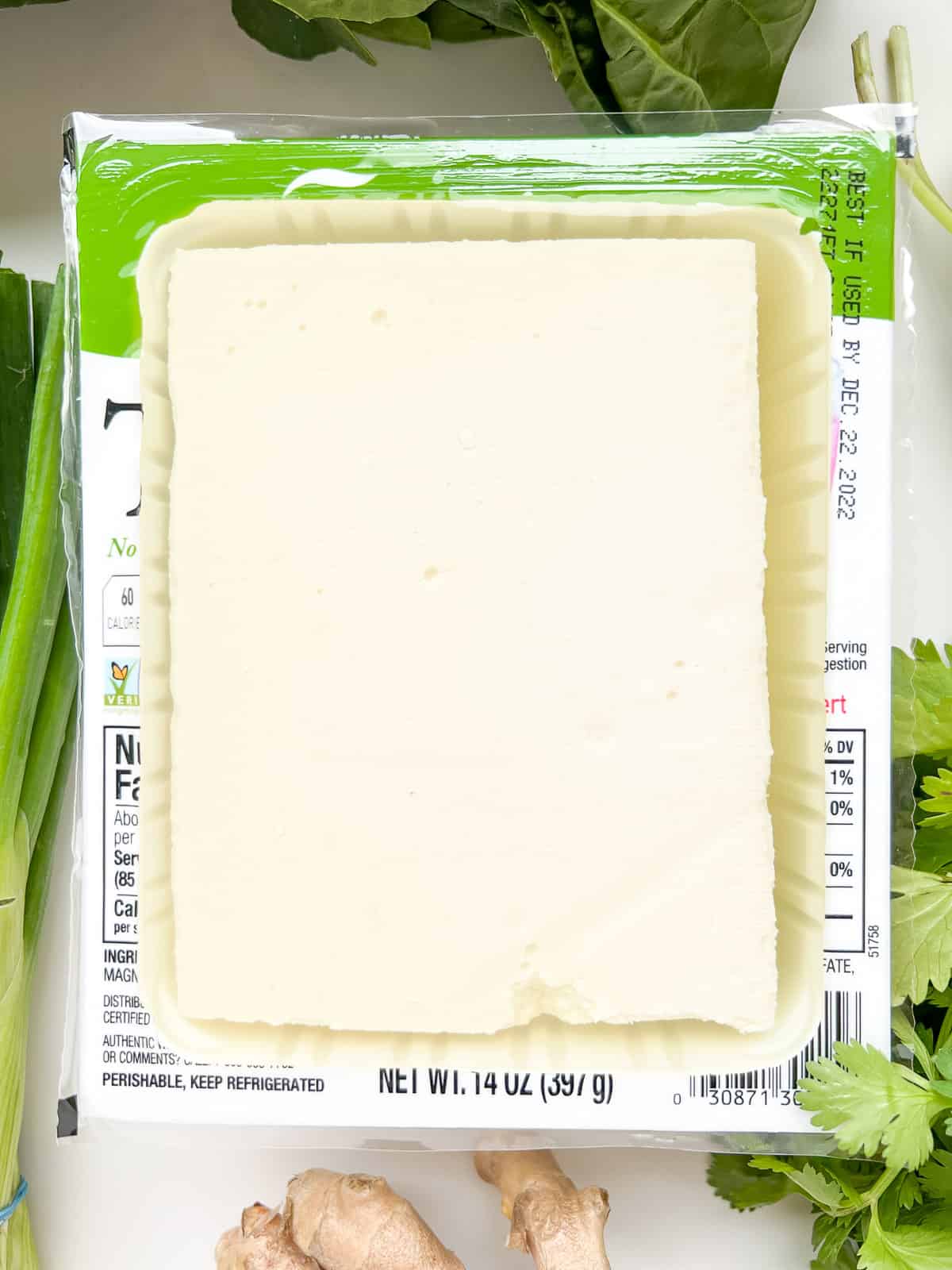
Jump to:
A short (and fascinating) history of tofu
While these more delicate forms of tofu may not feature in your regular kitchen routines yet, tofu itself in its many guises has a long and esteemed history across the globe. As I love a bit of food trivia (ok, a lot of food trivia), you may find it interesting to note that tofu traces its origins to China over a millennia ago (the exact date is the subject of some dispute), making its way to Japan a few hundred years later. The first mention of tofu in a European language document was by a Portuguese Jesuit in the 1600’s, and by the late 1700’s tofu was first mentioned by American Benjamin Franklin in his personal letters; who knew?
Getting back to the subject at hand, what exactly is silken tofu, soft tofu, and how are they different? Keep in mind that each tofu purveyor may prepare and pack their tofu slightly differently, so the answers to these compelling tofu inquiries are guidelines rather than tofu gospel.
What is unique about silken tofu?
Unlike the firmer kinds of tofu that you can cut, toss and roast - as in Essential Baked Tofu Cubes for example - silken tofu is a delicate, smooth variety with a high water content that has a melt in your mouth, almost pudding like texture. It most often comes packed in a container without extra liquid, completely filling the container it is sold in, although I have seen it as smaller cubes floating in liquid and labelled as "smooth tofu". It can be eaten raw with various toppings, and can be delightfully served chilled on a hot summer’s day. However, some eaters dislike the somewhat "raw" taste of uncooked silken tofu, and prefer to steam the tofu first, which removes some of the tofu's water content, slightly firming the tofu up while cooking it through.
Uncooked silken tofu is a high protein, plant based, and eminently blendable addition to smoothies and sauces where a nutritious and flavour neutral creamy element is desired - places where you might add cashews or white beans for creaminess and body are good places to substitute tofu depending on the recipe. Silken tofu is fragile and requires special handling if you wish to keep it in any kind of intact shape.
How is soft tofu different from silken tofu?
Soft tofu, which I had mistakenly thought just featured different labeling nomenclature, is actually slightly different from silken tofu and is a distinct tofu variety in its own right. Upon closer inspection and experimentation, I have found that soft tofu is almost as soft as silken tofu, but tends to have a firmer exterior layer or skin and is ever so slightly less delicate. This makes soft tofu blocks easier to handle, and also makes it possible to pack the soft tofu blocks in water, which allows for easier unpacking and less careful handling.
Where to find silken and soft tofu
While many stores, from health food shops to larger grocery stores, reliably offer the medium and firm varieties of tofu, soft and silken tofu may not be as regularly stocked. For these more delicate varieties, turn to your local Chinese, Korean, or other Asian supermarket where you can reliably find multiple brands and varieties of every kind of tofu to suit your cooking needs. Unless you are already familiar with a specific type and brand of soft or silken tofu, you may need to do a little delicious culinary experimentation to figure out which specific type you like best.
Tips for handling silken tofu
For all its silken glory, silken tofu is notoriously hard to handle without ending up with a falling apart mess. A few tricks I’ve learned will make your silken tofu handling a breeze; essentially, handle it the least amount possible, and gently at that!
Silken tofu is almost always found completely filling the packaging it comes in with little or no extra liquid, making it tricky to remove. Peel the plastic top of the tofu package off, and if you plan on steaming the tofu, gently turn the package upside down onto the dish you are going to use when steaming. Using a small kitchen knife, make a small puncture at two or more corners of the package - you may even hear a bit of air being sucked in - then a bit of a wiggle of the packaging and introduction of air into those small slits should have your tofu block sliding out of the package onto your dish.
Once your tofu has been removed from its packaging (and don’t worry if there are some dents or bits have broken off - no one is going to check!) the next step is to cut it in the dish you are cooking it in - moving slippery pieces of cut silken or soft tofu from cutting board to serving dish will certainly lead to a minor culinary mishap, but try it if you dare!
Alternatively, if you are planning to add the silken tofu directly into a stew or noodle soup for example, you can cut the tofu in the package before sliding it directly into whatever you are cooking, or if blending the tofu, you can simply spoon it out into your blender or food processor.
Tips for handling soft tofu
If you are using soft tofu, you will probably find that it comes packed in water, sometimes in multiple blocks. I like to peel the corner of the package just a bit, carefully drain the water out, then peel off the entire lid and refill the package with fresh water to give the tofu a rinse. You can cut the tofu directly in the package if you want, or gently remove the soft blocks with your hands and place them directly into what you are cooking. If you are going to steam the soft tofu, as in the case of silken tofu, unpacking the uncut tofu onto the dish you will be using for both steaming and serving means less mess and potential for tofu disfigurement. You can simply cut the tofu block into your desired slices or chunks with a table knife right on that steaming/serving dish; the less you move the tofu, the more intact it stays!
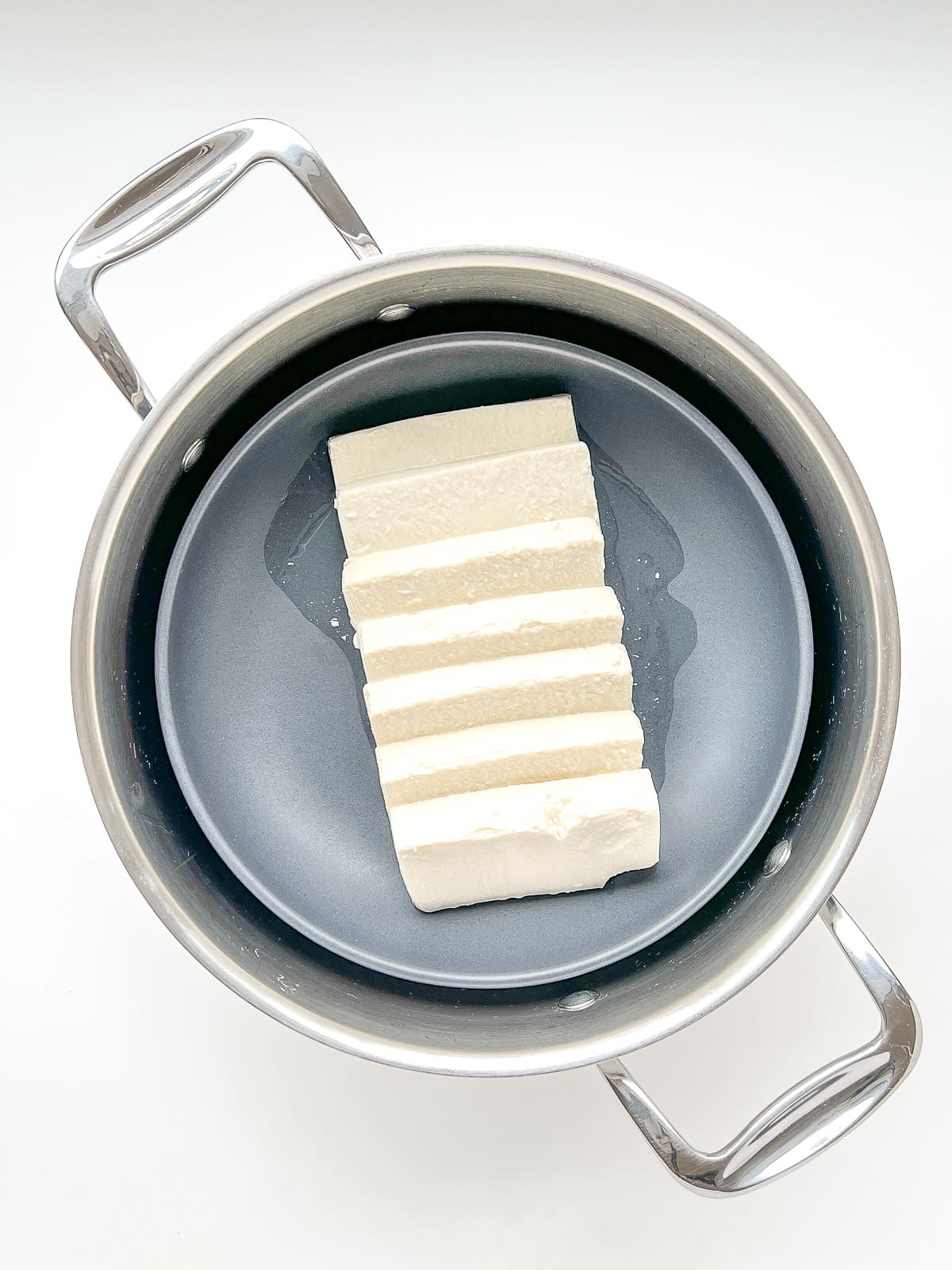
A delicious go-to recipe for using silken or soft tofu
If using soft or silken tofu is new to you, a great recipe to start to get to know their unique and luscious textures is my Steamed Silken Tofu with Ginger and Fragrant Greens. Featuring luscious steamed silken tofu topped with a fragrant green tangle of sauteed spinach, green onions, cilantro, ginger, and soy sauce, this dish is just the ticket for those days when you really need something delicious and comforting but don’t have too much energy to spare.
Made with under 10 ingredients, fully cooked in about 15 minutes, and served with steamed rice adorned with Roasted Sesame Seed Salt or simply your favourite plain steamed rice, this preparation is a great place to start out if softer tofu varieties are less familiar. This easy to prepare plant based dish can be made with either silken or soft tofu, making it a great vehicle to try new tofu brands and varieties, and makes for a wonderful introduction to the luscious, comforting, and gentle charms of the more delicate tofu varieties available.
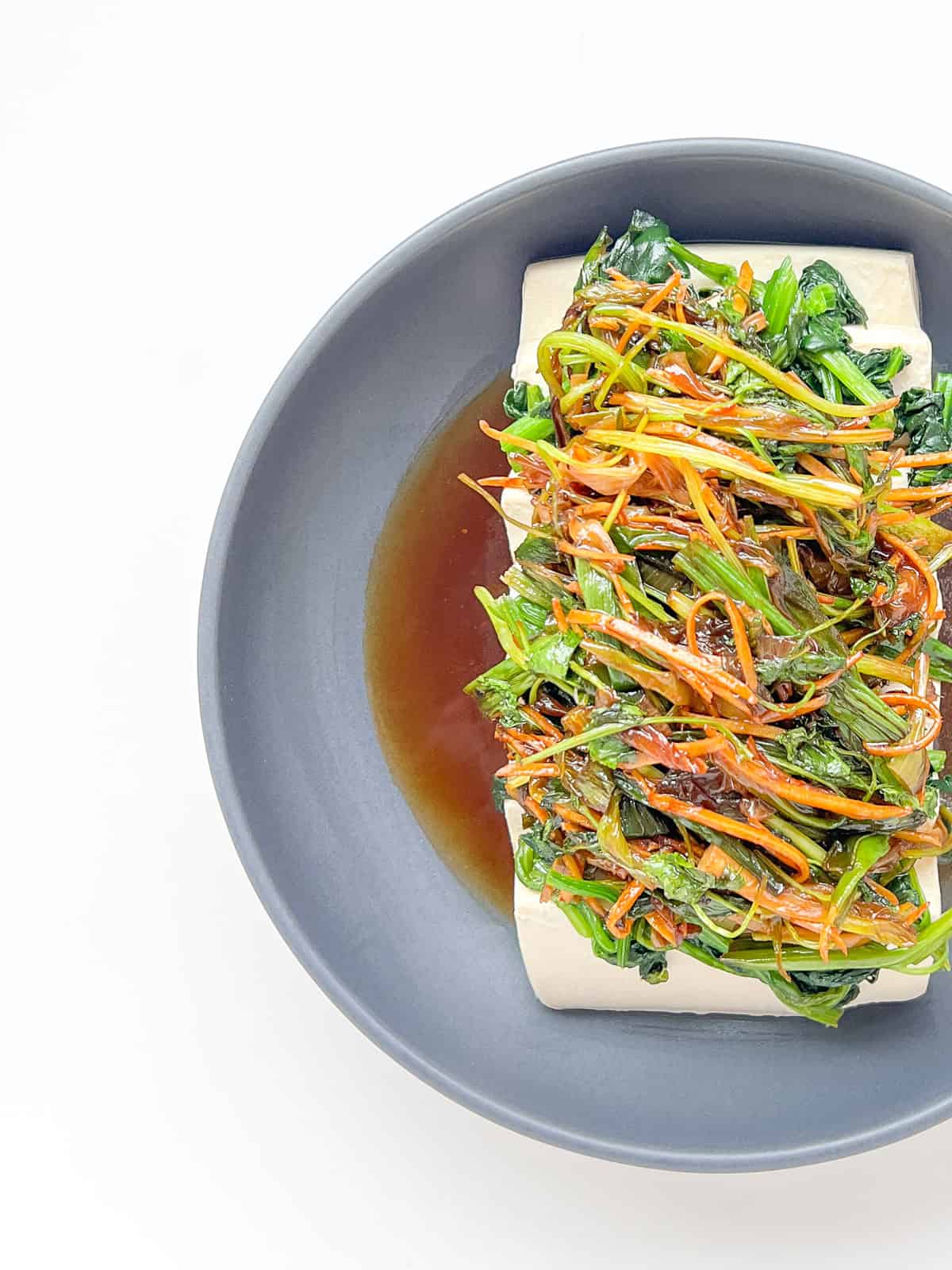

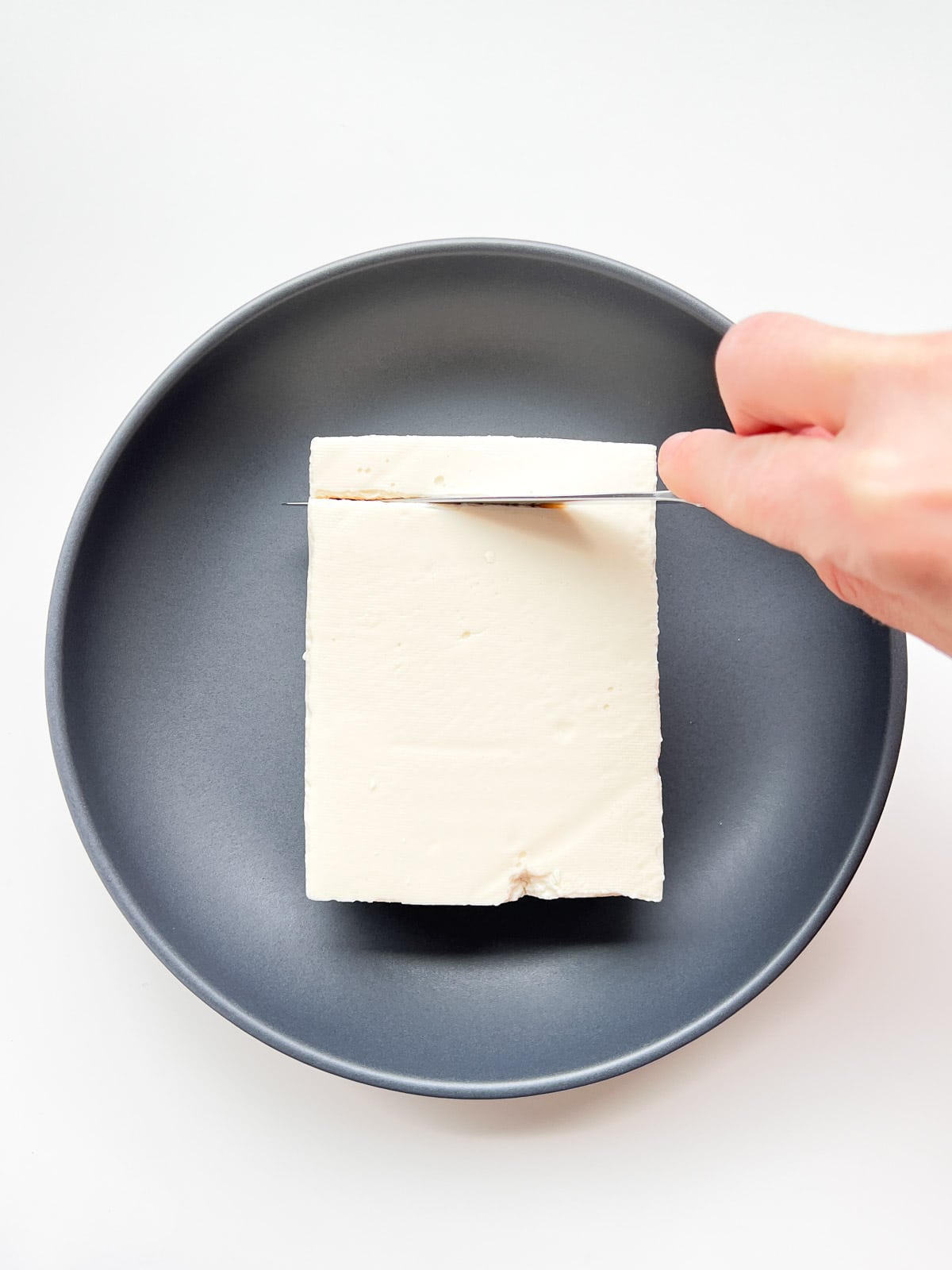
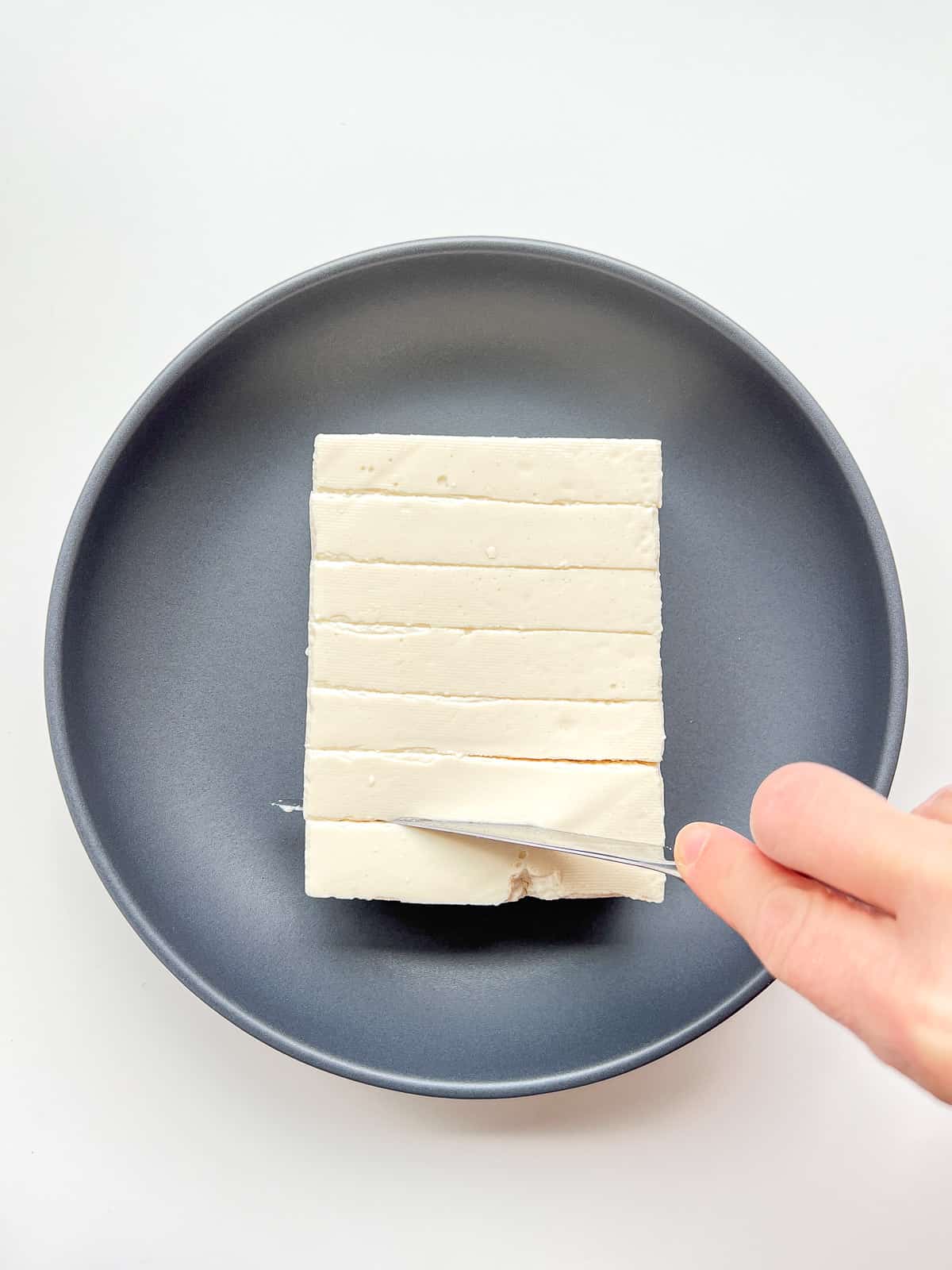

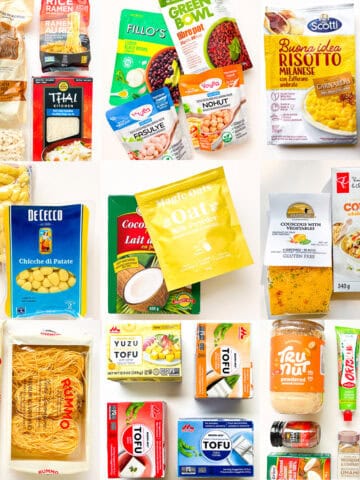
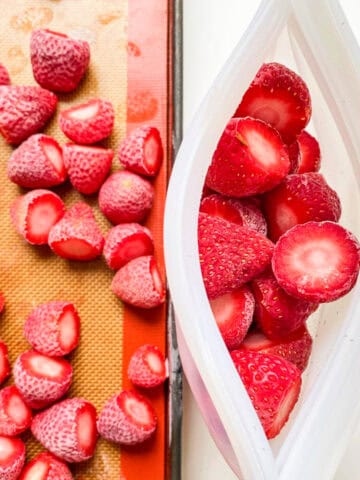

Leave a Reply